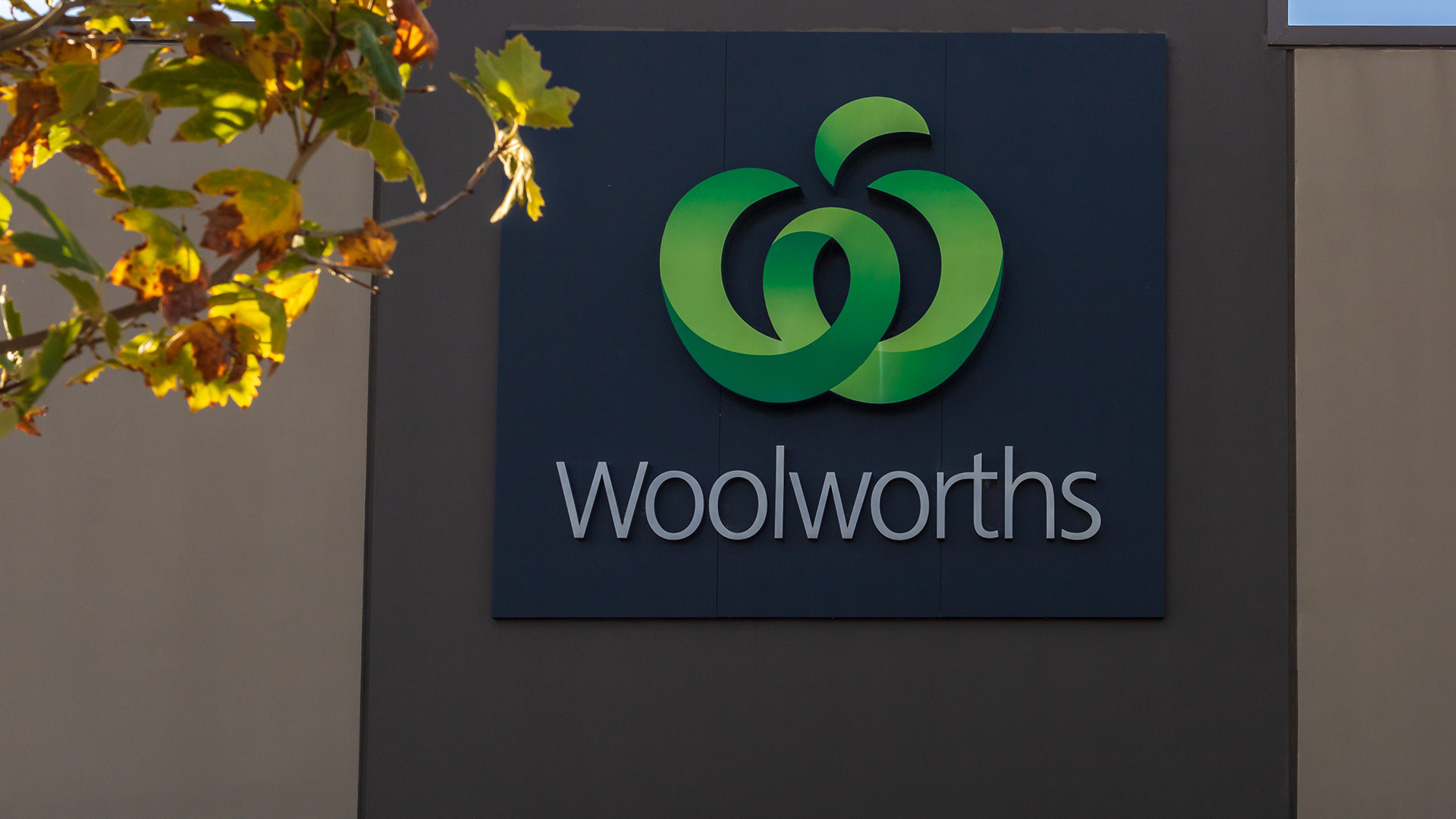Chinese consumer price inflation eased in August, well below the government’s target, to the slowest rate of growth in four months, a development not all that strange given the sharp recent fall in some commodity prices and in domestic food prices.
China’s CPI rose an annual 2% in August from a year earlier and slower than a 2.3% year-to-year rise in July.
The CPI also rose 0.2% in August from July when it was up 0.1% from the preceding month.
That’s close to deflation, as we are seeing in Europe, and in Chinese producer prices which again fell last month.
Higher food prices were the main contributor to the CPI growth. Food prices in August rose 3% from a year ago, but well down on earlier in the year.
The price of pork, a staple of the Chinese diet, dropped 3.1% in August, compared with sharp rises earlier in the year.
China CPI slows

For the first eight months, China’s CPI rose 2.2% from a year ago, which was far lower than the government full-year inflation control target of 3.5%.
China’s producer-price index dropped 1.2% in August from a year earlier and a little steeper that 0.9% annual rate in July.
The PPI also declined 0.2% in August from July. In June it fell 0.1% from May.
Falling prices for imports of iron ore, coal, copper, oil and gas, soybeans and other grains are helping keep producer prices negative (along with the sluggish domestic economy, specially property and construction).
Falling prices for commodity imports and weakening demand helped cut the value of imports in August.
That in turn is helping pull down consumer prices, helped in turn by the lower volatility in food prices.













